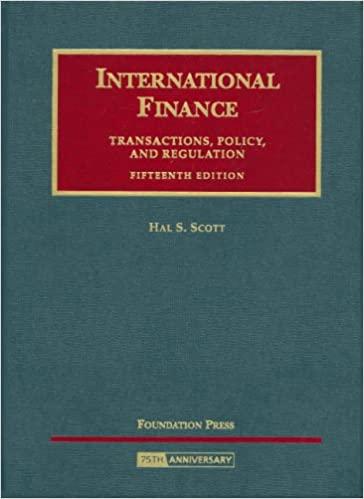Answered step by step
Verified Expert Solution
Question
1 Approved Answer
Problem 1 . ( 5 points ) You are a portfolio manager with $ 1 0 0 , 0 0 0 to invest. Today (
Problem points
You are a portfolio manager with $ to invest. Today at date there are two
opportunities to invest, both yielding a stochastic payoff depending the state of the world
to be realized next month at date In particular, the economy will continue on an
upward trajectory with probability or will turn into recession with probability
For each dollar invested in a project, the distribution of the project's payoffs is given as
follows.
Suppose that you hold a portfolio with $ invested in project and $
invested in project
What is the expected payoff and the variance of project What is the expected
payoff and the variance of project
What is the expected payoff of your portfolio as of today date What is the
expected rate of return of your portfolio as of today date
What about the standard deviation of your portfolio? What about the standard
deviation of the rate of return?
How does the risk of the portfolio compares with the risk individual projects ie
investing the entire $ in either project or Evaluate in terms of
the rate of return of the portfolio and of each individual project.
Suppose that your preferences are captured by a meanvariance utility function, with
a risk aversion coefficient If given a choice to invest the entire amount of
$ in a single project, which would you choose: project project or
a riskfree project, that yields a rate of return of
You are given an additional $ to invest. How do you allocate it between your
original portfolio, and the riskfree project, if your risk aversion is

Step by Step Solution
There are 3 Steps involved in it
Step: 1

Get Instant Access to Expert-Tailored Solutions
See step-by-step solutions with expert insights and AI powered tools for academic success
Step: 2

Step: 3

Ace Your Homework with AI
Get the answers you need in no time with our AI-driven, step-by-step assistance
Get Started


